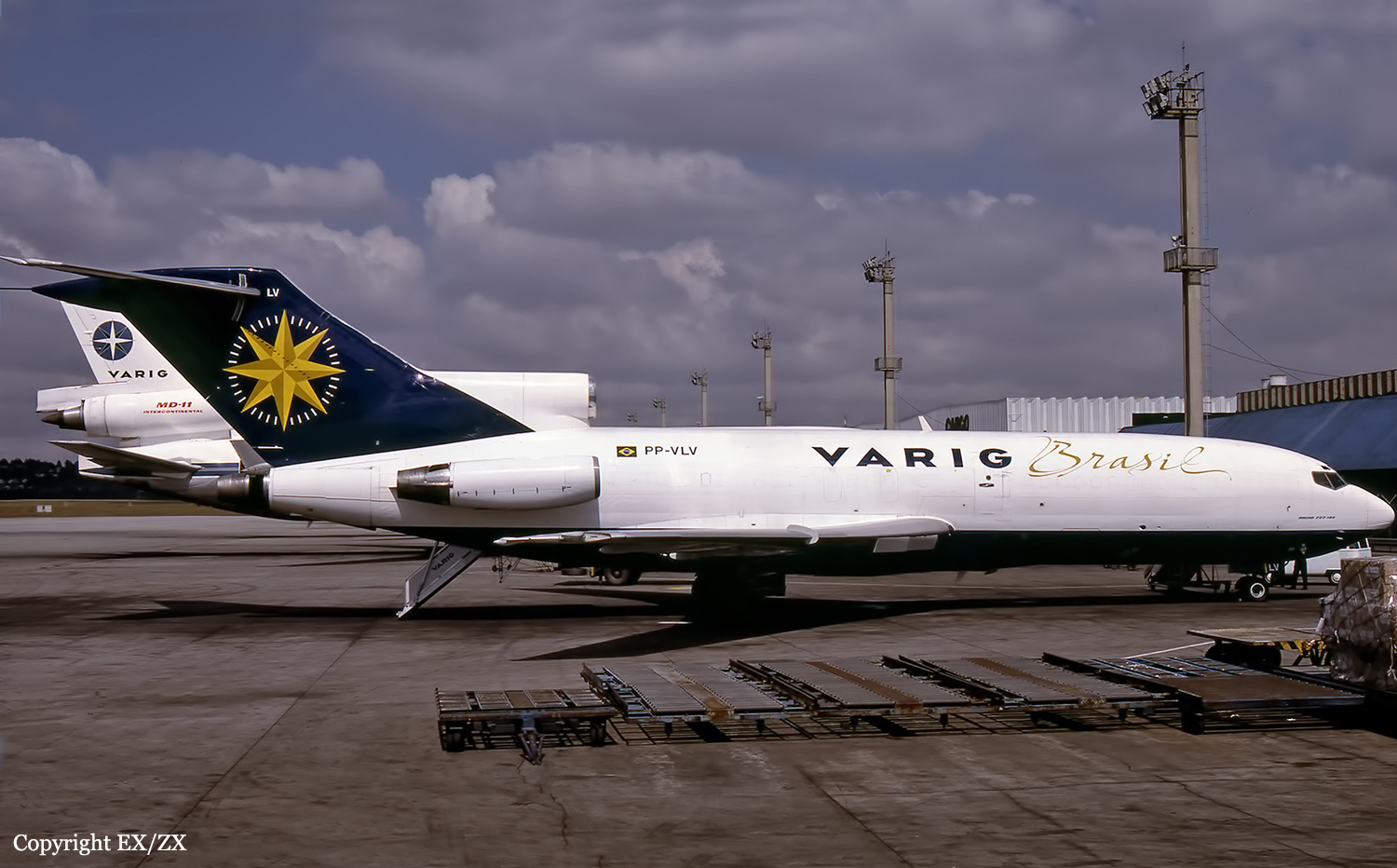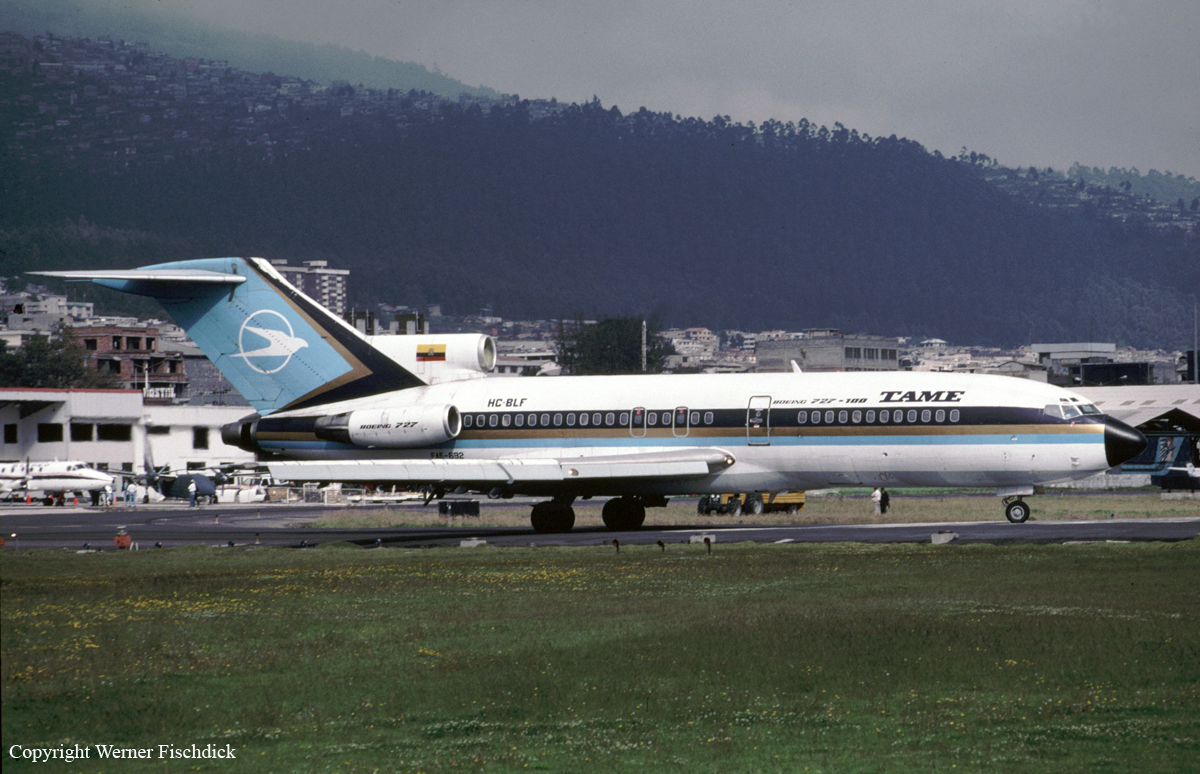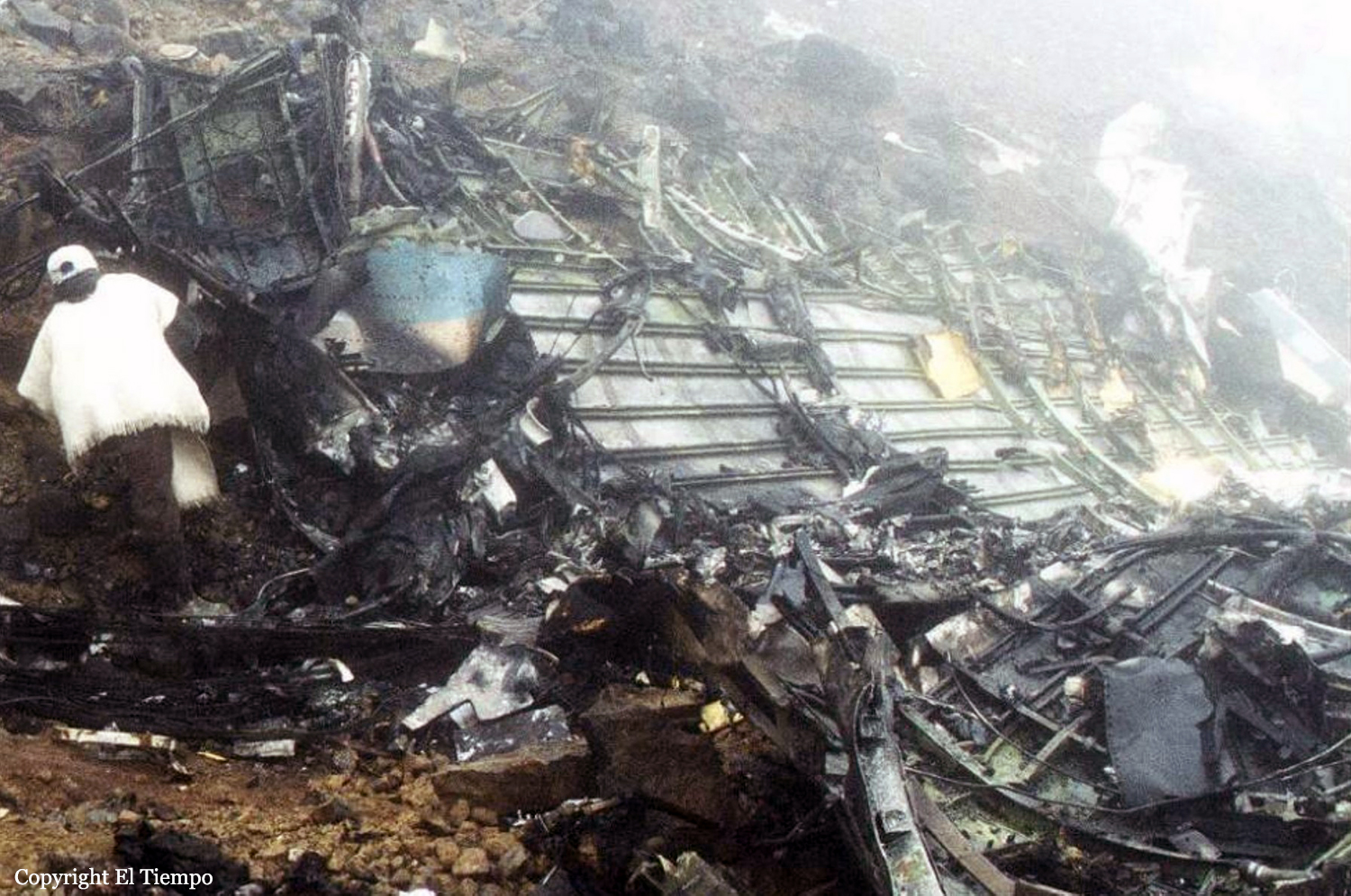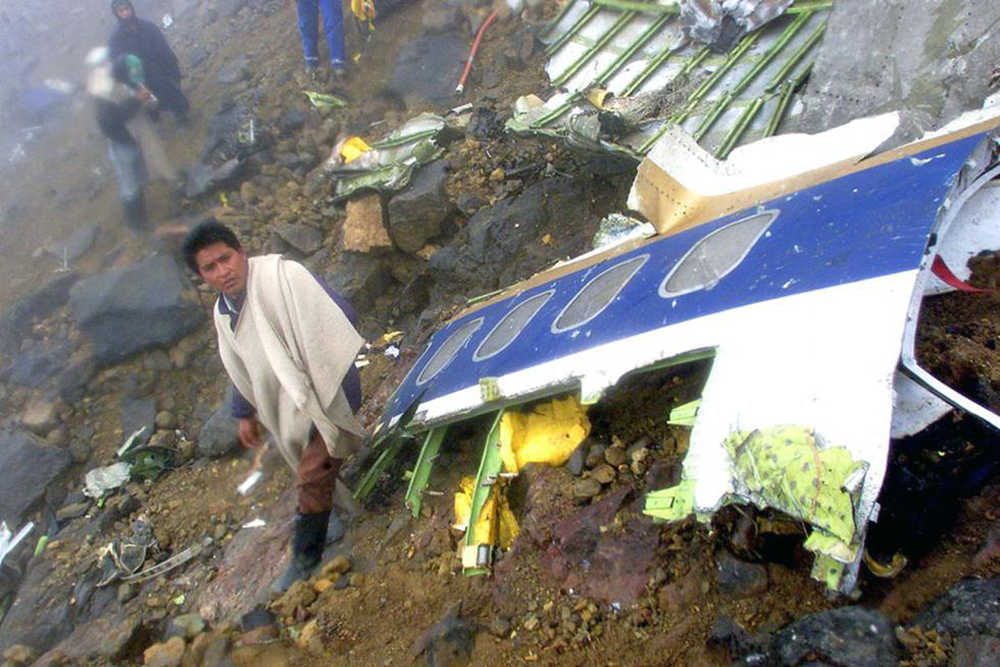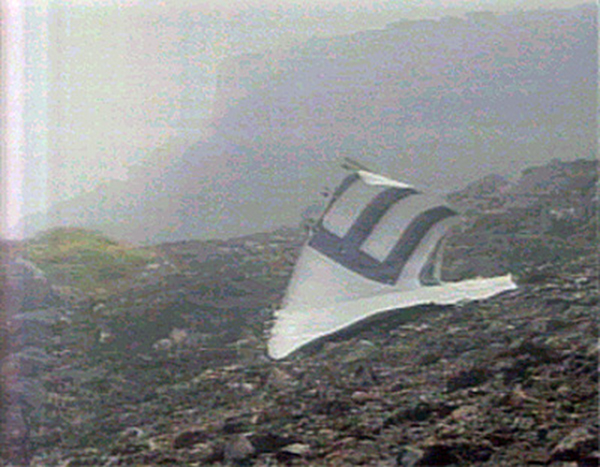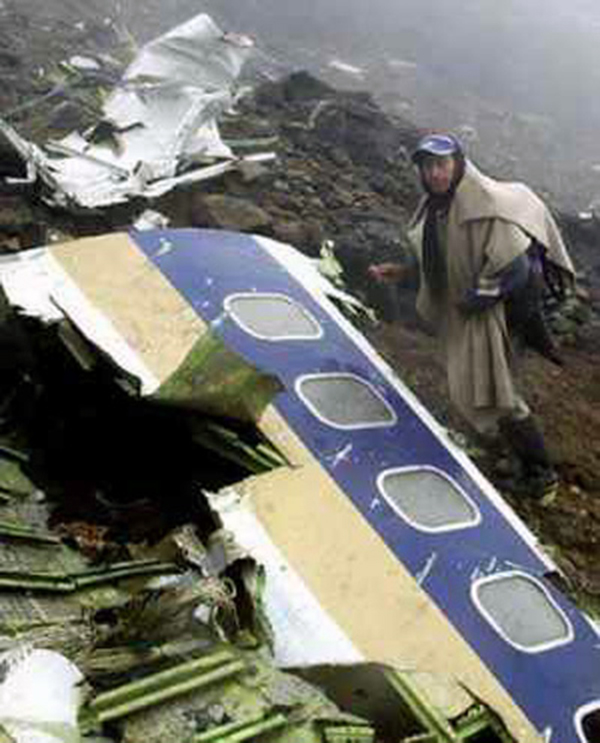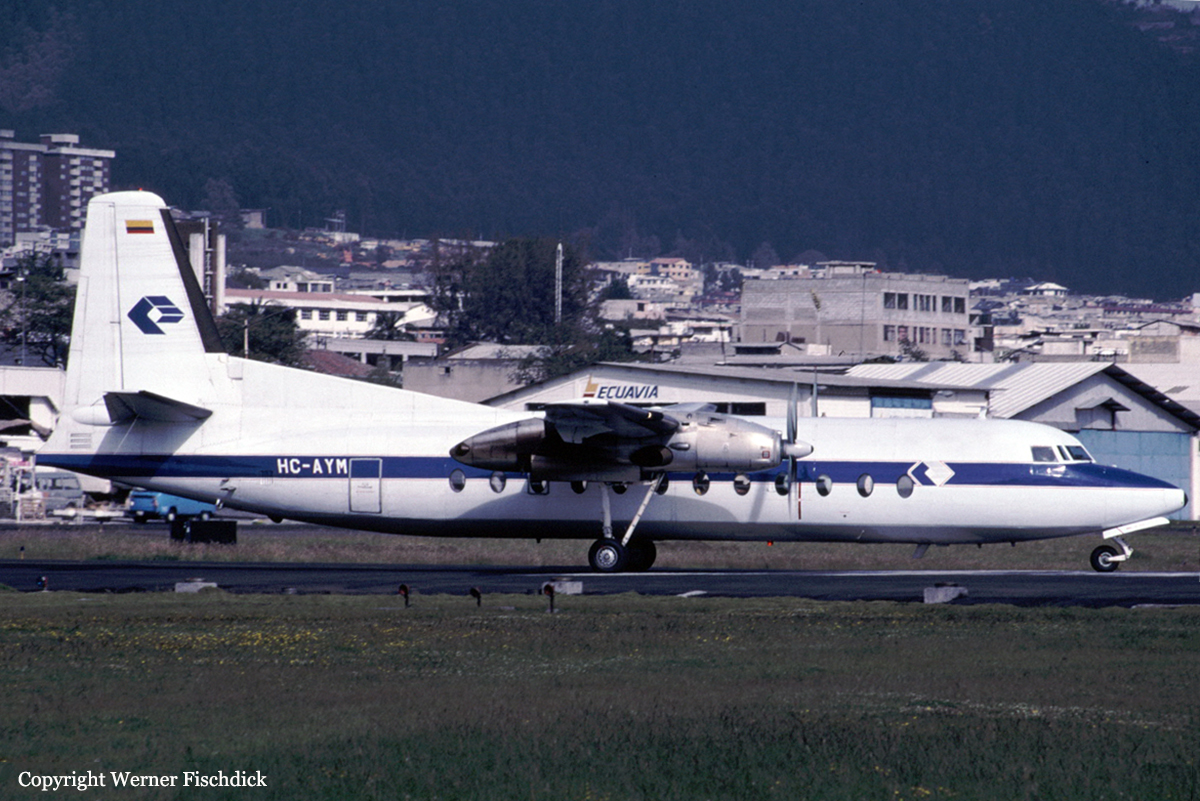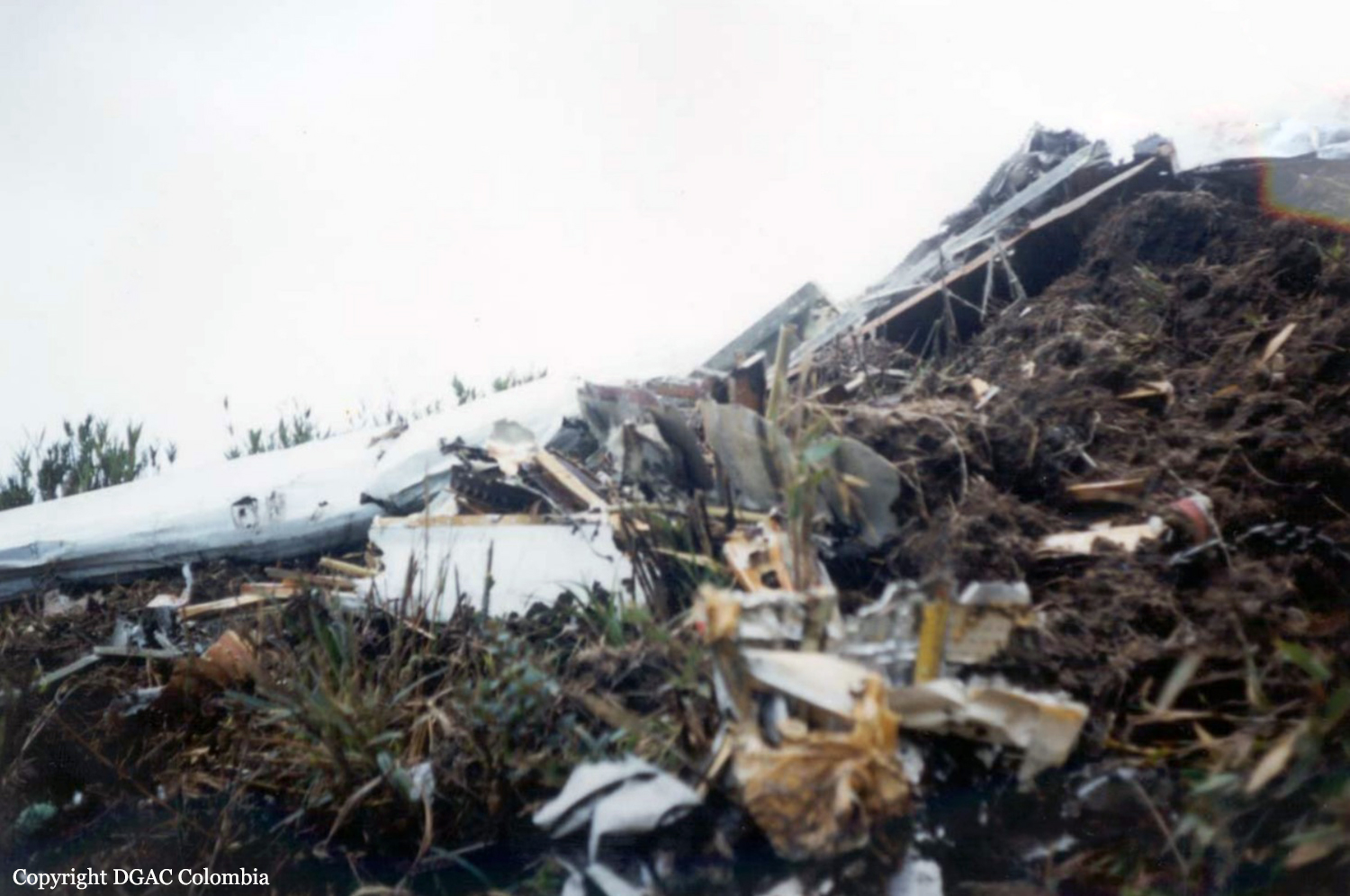Crash of a Boeing 727-30C in Belo Horizonte
Date & Time:
Mar 18, 2002 at 2218 LT
Registration:
PP-VLV
Survivors:
Yes
Schedule:
Salvador - Belo Horizonte
MSN:
19009
YOM:
1967
Flight number:
VLO9051
Crew on board:
3
Crew fatalities:
Pax on board:
0
Pax fatalities:
Other fatalities:
Total fatalities:
0
Circumstances:
After touchdown on runway 16 at Belo Horizonte-Tancredo Neves-Confins Airport, the three engine aircraft went out of control, veered off runway at high speed, lost its undercarriage and came to rest. All three crew members evacuated safely while the aircraft was damaged beyond repair.
